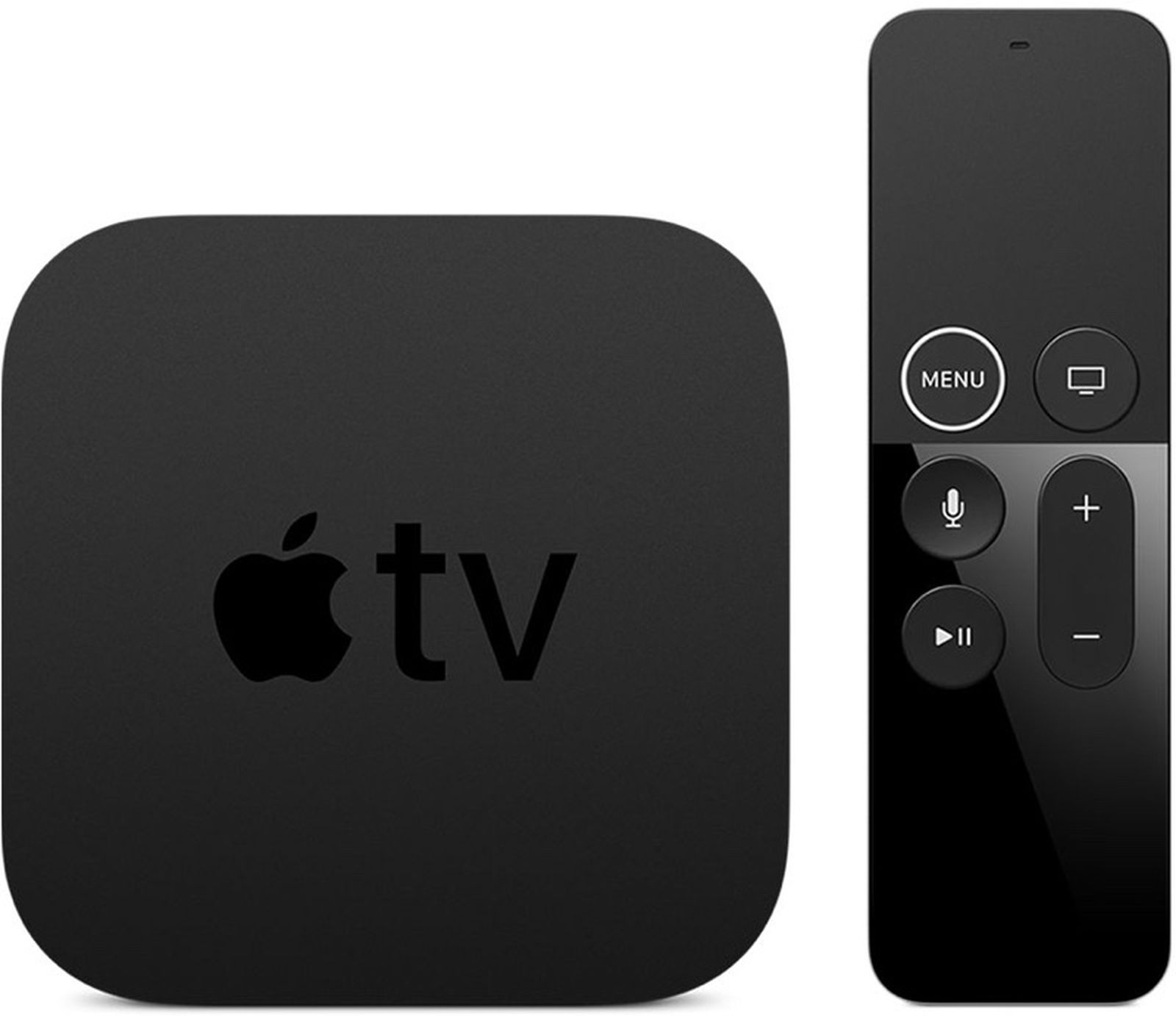Yikes, I didn’t know that the IR button presses where treated differently by individual programs. I’d have assumed the OS handled that, and the program is just getting a generic command from the OS...although I guess the inputs from a or ap remote can’t be exactly the same as from the awful included remote.
I’m worried that would be an issue, some programs just wouldn’t work because they aren’t coded to work right with an Ir remote.
I accidentally deleted the post I was quoting from Boyd01 I think, but I thought the older apple remote didn’t work with these. Those seemed like they’d be solid other than using coin batteries instead of normal AA or AAA batteries.
there just doesn’t seem to be a clear cut obvious choice for me.
google has a deal now for a sort of free chromecast ultra, which I though maybe I could muddle along with until the next Apple TV, only peacock which I’m using a lot doesn’t seem to actually be cast-able from iOS. I’d probably do the deal if it were for a NEW chromecast with GoogleTV instead of the old ultra with no good way to control it.
If you have a need, buy the device that meets that need. If you buy an Apple TV now, it's not going to suddenly become a paperweight when the next model comes out. And with the snails pace at which home theater standards move along, it will remain perfectly functional for years to come.
I got the Apple TV 4k back in March because we wanted something that could painlessly mirror our iOS devices, provide more streaming channel options than our 4k Blu-ray player, and stream my iCloud Music Library (used a DLNA media server for years through our Mac, but that was not reliable and the interface on our Playstation sucked). I did that even though rumors were flying around that Apple would announce a new ATV at WWDC, because we had a functionality need and shopped for the device that would best meet that need.
From many years as a home theater hobbyist, I saw this same upgraditis mindset from other enthusiasts. Always afraid to pull the trigger on a device upgrade because they're afraid that something else will come out and render that purchase obsolete. The thing about home theater (and IMO Apple TV's main function is as an A/V device) is that a feature will rarely be so compelling that it will make everything that came before pointless. Even though home theater receivers for example typically follow an annual update cycle, the features added are largely incremental and superfluous.
The current Apple TV 4k supports all the current
content standards, which is the only real measure for obsolescence when it comes to home theater. It supports HDR10 and Dolby Vision, as well as Dolby Atmos. The A10X is more than capable of handling those functions. And even with the existing hardware implementation, some refinements can be done via software or firmware updates.
The only standard that might be consequential that's missing on the Apple TV 4k is HDMI 2.1. But, as with all prior HDMI transitions, it won't happen all at once and parts of it will be messy. Even hardware currently labeled as HDMI 2.1 won't necessarily support every potential feature, and the first generation hardware has had numerous issues (e.g., the first batch of HDMI 2.1 home theater receivers cannot pass the maximum bandwidth specified in the specs, and the HDMI chipset used by Denon, Yamaha, Marantz, Nvidia, and Xbox Series X has a passthrough bug that still has no available fix).
If Apple updates ATV 4k, the HDMI 2.1 implementation would be one my first questions. As with all things home theater, HDMI 2.1 is far from essential right now. The supported content is virtually nonexistent, and the hardware selection remains paltry. But, if Apple intends to implement the higher frame rates and/or higher resolutions supported by HDMI 2.1, then how reliable will their solution be, given how problematic a lot of the first gen hardware has been? If you're looking at reasons for holding back the release of a new Apple TV model, this would be one of them. But, again that presumes that you must be an early adopter once the initial trickle of content that supports what HDMI 2.1 has to offer begins. Otherwise, it will take years before the upgraded formats supported by HDMI 2.1 become commonplace and the de facto standard.
Unless your main motivation is Apple Arcade and hardware intensive apps (which aren't that common for ATV to begin with) or you absolutely have to support the newest formats (regardless of how widely used they are), the current ATV 4k will likely perform its main function for many years to come. Only when the content standards transition to incompatible formats will the device truly become obsolete. And even there, it won't happen all at once.


